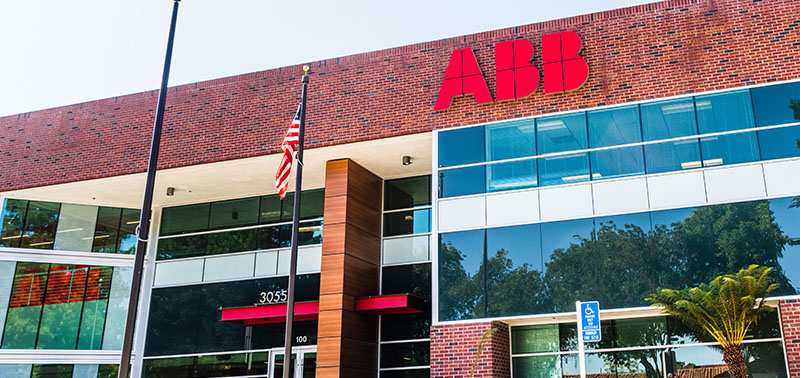It’s human nature to resist change. Introducing new tools or technology to your organization, no matter how good they are, will alter established workflows and processes. Unless change management strategies are in place inside your organization to mitigate resistance, expect adoption rates of any new technology to be low.
Sales reps are especially notorious for resisting technology if they can’t see how it will help them sell more. Unless you address “what’s in it for them” with your change management plans, adoption rates will suffer.
Here are four ways to maximize technology adoption by your sales reps.
1. Focus on how the tool benefits sales reps
The first step to ensure your sales reps buy into new technology is to select tools that actually help them do their jobs better. Many solutions on the market today just add work without adding value. When the tech is terrible, no change management strategies will make any difference.
It’s important that sales reps understand how the technology can benefit their day-to-day workflow – in other words, what’s in it for them. Start small. Identify a feature that can have an immediate impact on a sales rep’s workflow; train everyone on that functionality. The goal of any roll-out is to quickly get the reps to an “a-ha” moment where the value to them clicks. This early win will help improve adoption. Once you have the team working on one part of the platform successfully, roll out to other areas.
2. Sales rep training and coaching
For adoption to take place, sales reps must be trained on the key features and functionality. We’ve found it is best to have managers trained on the tool first. When managers are fully trained and excited, they can translate that enthusiasm to their reps better than any third-party vendor ever could. Internally led training is powerful. Where possible, sales reps should complete user training led by their own management team.
Because new tools inevitably change reps’ workflow and tactics, be sure to have sales training on, for example, the “art” of upselling by using technology that complements the “science” of functionality training. Organizations that include role-playing exercises as part of their sales rep training and coaching see some of the best adoption rates.
3. Set clear expectations
Another strategy for a successful roll-out of new technology is to set internal usage expectations. Identify who in your organization is responsible for tracking adoption and keeping users accountable for using the tool. Usage expectations must be defined by a clear, quantifiable goal. Rather than state, “We want good usage,” define what that means to your organization. A good goal might be: Each sales rep should pitch to at least 25 customers per week with three products pitched on average.
This goal should be aspirational, yet attainable, and resist the temptation to slow-roll an adoption “ramp” over time. In our experience, organizations who go “all-in” with their technology adoption goals from the very first week of implementation tend to have better adoption rates. Lean on your technology provider to help you develop fair usage goals and be sure to hold your sales reps accountable for achieving them.
4. Incentivize the use of the tool
Consider incentives as part of your change management strategies to encourage sales reps to use the new tool. These incentives can be as simple as Amazon gift cards, hours toward a day off or even free lunches.
Some companies have successfully launched team-based competitions to encourage usage of new technology. Set a goal that specifies how individuals qualify for a prize, such as a pitch threshold, within the team competition. This works remarkably well when there are pre-existing teams in an organization such as sales teams from different branches or when sales reps have similar work.
Proactive partners and change management practices
While Job No. 1 is to purchase technology that helps your team do their jobs instead of making more work, without buy-in, those dollars will go to waste. They are more likely to buy-in when they can see what’s in it for them by making more sales. Look for technology partners with clear change management practices and who are excited to work with you to ensure a successful roll-out. This proactive change management approach as part of the implementation will help ensure the technology is adopted – and that you get the return you’re looking for.
Mark Heneine is head of customer success at Proton.ai.
Related Posts
-
Fastenal reported daily sales for the month also were up 1.2%, but safety sales dropped…
-
Fastenal’s reported daily sales for the month also were up 1.5% versus a year as…
-
The electrical giant reported profit of $502 million, a 34% improvement when compared to the…





